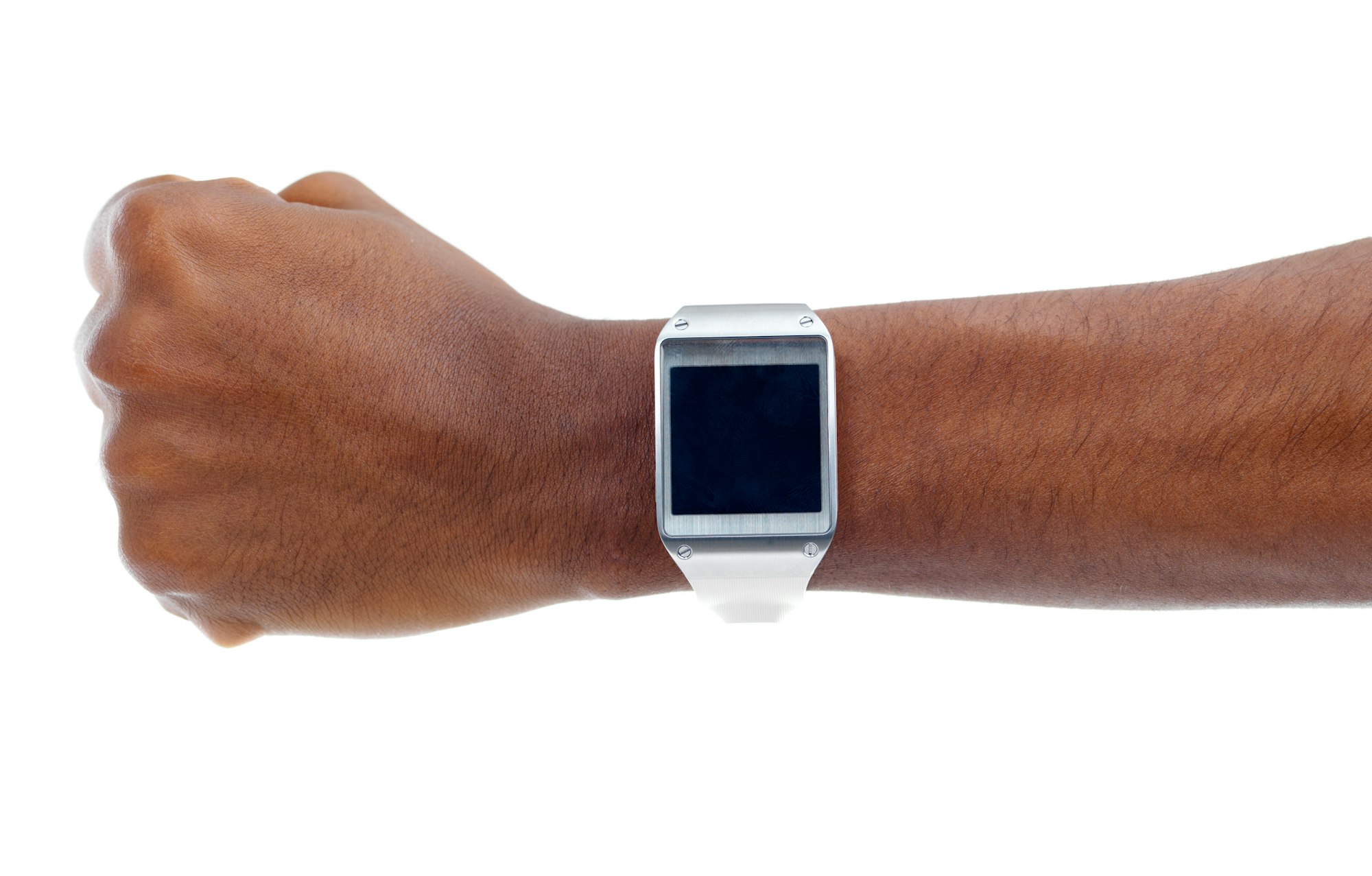The construction industry is undergoing a technology-driven transformation, with smart wearables leading the charge. These high-tech devices, worn by construction workers, are designed to monitor their health and safety in real time, mitigating risks and enhancing workplace efficiency. This article will shed light on the latest innovations in smart wearable technology that are making waves in the United Kingdom’s construction industry.
1. The Impact of Technology on Construction Safety
Over the years, numerous technologies have been incorporated into the construction industry to enhance both productivity and safety. But none have made more of an impact than smart wearables.
Avez-vous vu cela : How to prepare for your Arena Tour: tips and tricks
Smart wearables are portable devices that can be attached to a worker’s body, clothing, or personal protective equipment (PPE). These devices collect and analyse data to provide immediate and insightful feedback about a worker’s physical health, fatigue levels, and risk exposure. As a result, they are now playing a pivotal role in reducing the number of accidents and improving the overall safety culture in the construction industry.
2. Devices Designed for Health Monitoring
Health monitoring has become a top priority in the construction industry, particularly with the advent of Covid-19. In this light, one of the most significant wearables that have emerged is the health monitoring smartwatch.
Cela peut vous intéresser : How to Set Up a Sustainable Office Environment for UK Small Businesses?
These watches, equipped with advanced sensors, monitor real-time data such as heart rate, temperature, and oxygen levels. They can detect early signs of illness, ensuring that any worker who may pose a risk to others due to infectious disease can be immediately isolated.
Another groundbreaking wearable is a smart helmet with built-in temperature sensors. This helmet monitors the body temperature of workers and sends alerts if it exceeds normal limits, a feature that has proven particularly useful during the pandemic.
3. Devices Focused on Physical Safety
In addition to health monitoring, smart wearable technology has made significant strides in ensuring physical safety of workers at construction sites.
Consider the smart vests equipped with GPS tracking, for instance. These vests allow site managers to monitor workers’ movements in real time, ensuring they are not entering hazardous areas without necessary precautions. They also come with in-built fall detection sensors, which can automatically send alerts in case of a fall, hastening the emergency response time.
Another remarkable innovation is smart glasses, which have the potential to revolutionise the way construction projects are executed. These glasses can provide workers with real-time data about the site, provide instructions, and even overlay 3D models onto the physical world, reducing errors and increasing efficiency.
4. The Role of Data Management in Worker Safety
Data generated by these wearable devices can be harnessed to analyse patterns, predict risks and improve safety measures. This is where data management comes into play.
Data management technologies allow for the collection, storage, and analysis of large amounts of data. With these technologies, companies can identify patterns and trends, predict potential risks, and take proactive measures to ensure worker safety. For instance, if data indicates a high level of fatigue among workers during certain hours, employers can adjust work schedules or introduce more frequent breaks to mitigate the risk of accidents.
5. The Future of Wearables in Construction
The uptake of wearable tech in the UK’s construction industry is still in its early stages. However, as the benefits become increasingly evident, adoption rates are expected to surge.
Future wearables could include ‘smart skins’—thin, flexible sensors that adhere to a worker’s skin to monitor health and stress levels. Drones are also likely to play a bigger role, working in tandem with wearables to monitor large job sites.
While these advancements hold promising potential, it’s imperative that the construction industry continues to address privacy concerns related to the use of wearables and to ensure the technology is used ethically and responsibly.
This ongoing commitment to harnessing the power of technology to improve safety is testament to the construction industry’s dedication to its workforce. As we move forward, the role of wearables in the industry will only grow, shaping a safer and smarter future for all.
6. Augmented Reality and Virtual Reality Wearables
Augmented reality (AR) and virtual reality (VR) are gaining traction in the construction industry as game-changing wearable technologies. AR and VR wearables help create a safer and more efficient construction site by providing a virtual walkthrough of the site even before construction begins, identifying potential hazards and helping plan construction sequences effectively.
AR wearables like smart glasses and headsets overlay digital information onto the physical world, providing real-time data and 3D models to workers on the job site. For instance, a worker can use a smart AR headset to visualise the layout of pipes and wires within a wall, thus avoiding potential damage during drilling or excavation.
VR, on the other hand, allows for safe and immersive training. Trainees can wear VR headsets to simulate on-site situations in a controlled environment. This reduces the risk of accidents during training, as workers are better prepared for real-world scenarios.
While these technologies seem futuristic, they are becoming increasingly common in the UK’s construction industry. However, their successful integration requires substantial investment in both hardware and training.
7. The Birth of Smart Boots and Their Role in Construction Safety
When it comes to wearable technology, it’s not just the upper body that’s getting the smart treatment. The introduction of smart boots is revolutionising safety measures on construction sites.
Smart boots are fitted with sensors to monitor a worker’s physical fatigue and stress levels. They can detect if a worker has been standing or walking for too long, triggering an alert to take a break and thus preventing potential accidents caused by fatigue.
Furthermore, smart boots can also include GPS tracking to monitor a worker’s movements around the construction site. If a worker enters a hazardous area, the boot can send an alert. Some smart boots are even capable of detecting a fall and automatically alerting emergency contacts.
Just like other smart wearables, data collected from smart boots can be used to understand worker habits and improve safety measures on construction sites. This technological breakthrough is expected to take the wearable market by storm, driving a new era of construction safety.
Conclusion: Impact and Future of Wearable Technology in UK Construction
Technology, especially wearable technology, has a significant role to play in the future of the UK’s construction industry. The wearable devices discussed in this article are not just gadgets or novelty items, but powerful tools capable of saving lives, preventing injuries, and promoting health safety amongst construction workers.
The rise of smart helmets, health-monitoring smartwatches, smart vests, AR and VR wearables, and smart boots are all contributing to a safer and more efficient work environment. These devices collect real-time data, alert workers to potential dangers, and assist in the management of construction sites.
However, as the wearable market grows and evolves, the construction industry must also evolve, addressing issues such as the ethical use of data, privacy concerns, and the potential physical and psychological impacts of constant monitoring.
As we look to the future, it is clear that this is only the beginning. As technology advances, so too will the capabilities of wearables, opening up new possibilities for the construction industry. There is no doubt that the safety of UK construction workers will continue to be enhanced by the innovative use of smart wearables.










